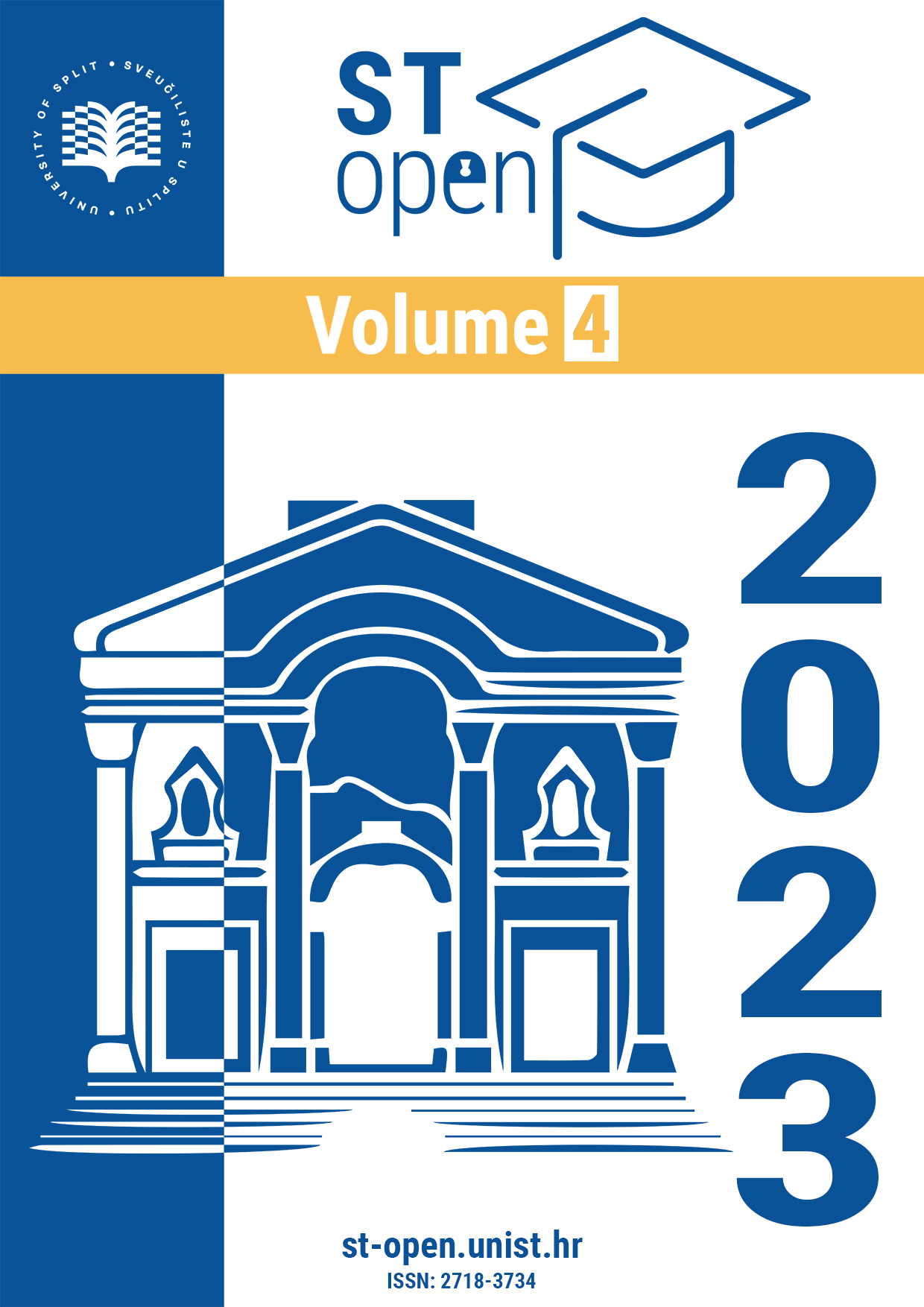Analysis of the eastern Adriatic sea level extremes
DOI:
https://doi.org/10.48188/so.4.10Keywords:
Adriatic Sea, extremes, flood, meteotsunami, sea level, storm surgeAbstract
Aim: To examine the frequency, strength, and driving mechanisms of the eastern Adriatic sea level extremes.
Methods: In 2017, a tide-gauge station, and a meteorological station have been installed at Stari Grad (Hvar Island, eastern middle Adriatic Sea). Three years of sea level and atmospheric measurements were analysed. Ten strongest episodes of the following extreme types were extracted from sea level data: positive long-period (T >210 min) extremes; negative long-period (T >210 min) extremes; short-period (T < 210) extremes. Long-period extremes were defined as situations when sea level surpasses (is lower than) 99.7 (i.e., 2) percentile of residual long-period sea level height, and short-period extremes as situations when 2.5-h variance of short-period sea level oscillations is higher than 99.4 percentile of total variance of short-period series. Types of sea level extremes were subsequently associated to characteristic atmospheric situations.
Results: Positive long-period extremes commonly appeared during the presence of low-pressure atmospheric systems over the Adriatic – such system were accompanied with strong SE winds. Negative long-period extremes were associated with presence of high atmospheric pressure fields over the Adriatic Sea, either with strong NE winds, or calm weather. Appearance of short-period sea level extremes corresponded to either low atmospheric pressure fields and strong SE wind, or normal/high pressure fields and calm weather/no winds over the Adriatic. A strong seasonal signal was detected, with the positive long-period extremes occurring mostly during November to February, and the negative long-period extremes occurring during January to February. The short-period extremes appeared throughout the year, but strongest events appeared during May to July.
Conclusion: Results show that Stari Grad is a flood-prone location, both when it comes to positive long-period extremes and to short-period extremes. Furthermore, long-period and short-period extremes occasionally occur simultaneously in Stari Grad, pointing to a previously unknown added hazard level.
Downloads
Published
Issue
Section
Categories
License
Authors retain copyright and grant the journal right of first publication with the work simultaneously licensed under a Creative Commons Attribution (CC-BY) 4.0 License that allows others to share the work with an acknowledgment of the work’s authorship and initial publication in this journal.







